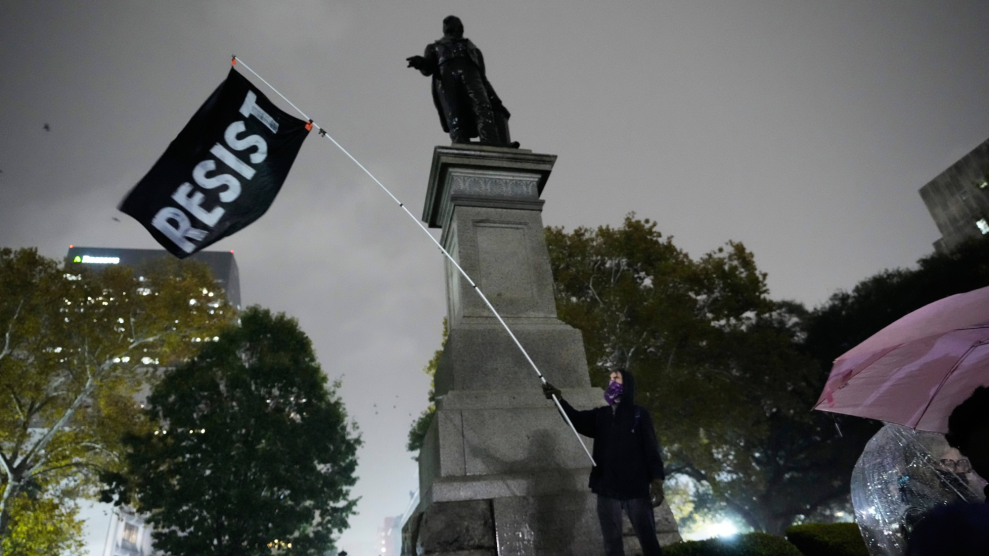Every minute, two acres of open land in the US are bulldozed to make way for development. That’s more than a million acres each year, the approximate area of Grand Canyon National Park. Someday, our only reminder of open spaces may be in bucolic-sounding street names.
Unless, that is, the methods of Randall Arendt, a landscape planner based in Rhode Island, catch on. Arendt designs housing developments that fit the land, rather than the other way around. He begins by taking note of a property’s unique features: old-growth trees, streams, scenic vistas. Then he places homes on smaller-than-average, clustered lots in order to maintain those features, sometimes preserving three-quarters of a site for a community commons. One of Arendt’s current projects, a 200-home development in upstate New York, aims to preserve 1,700 acres of contiguous green space on 2,000 total acres; a traditional developer would save none. Clustered houses save on infrastructure expenses, and property values benefit from views and perks like bike trails and wildlife corridors.
















